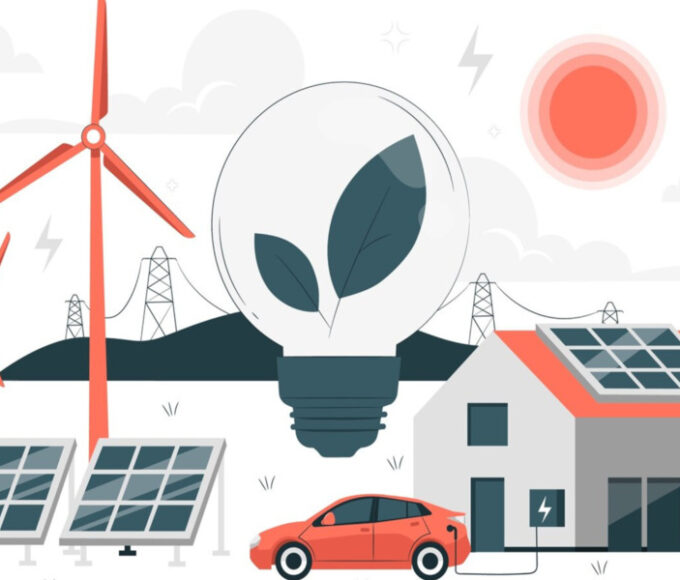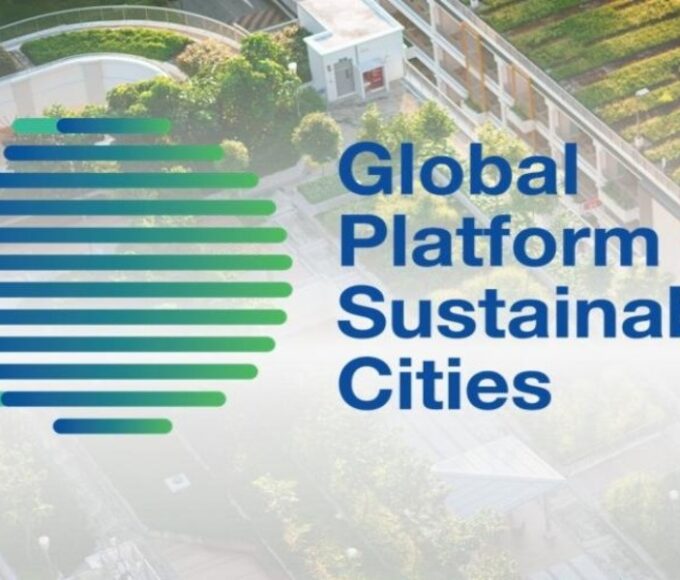The U.S. Construction Market in 2025: Top Opportunities and Emerging Trends

The U.S. construction market in 2025 is poised for significant growth, driven by public investments, technological advancements, and a focus on sustainability.
From residential projects to large-scale infrastructure, the industry is adapting to shifting demands and embracing innovation.
Residential Construction: Addressing Housing Shortages
Housing demand in the U.S. continues to outpace supply, creating opportunities for developers to meet the growing need for affordable and sustainable homes.
- Multifamily Housing Boom: Urban areas are witnessing a surge in multifamily developments as cities strive to offer affordable housing options.
- Smart Homes: New construction increasingly incorporates smart home technologies, appealing to eco-conscious and tech-savvy buyers.
- Suburban Expansion: Remote work trends are fueling demand for homes in suburban areas, leading to new projects in previously underdeveloped regions.
Infrastructure Investments: A Catalyst for Growth
The U.S. government’s substantial infrastructure spending, bolstered by the Infrastructure Investment and Jobs Act, is revitalizing the construction sector.
- Transportation Projects: Investments in highways, bridges, and public transit systems are creating opportunities for contractors and suppliers.
- Renewable Energy Infrastructure: Solar farms, wind energy projects, and EV charging networks are at the forefront of clean energy initiatives.
- Resilient Infrastructure: Construction firms are incorporating climate-resilient designs to withstand extreme weather events.
Commercial and Industrial Construction: Evolving Needs
The commercial and industrial construction sectors are evolving to align with modern business requirements and consumer trends.
- Logistics and Warehousing: E-commerce growth has spurred demand for advanced warehouse facilities equipped with automation and robotics.
- Green Commercial Buildings: Sustainability is a key focus, with developers prioritizing energy-efficient designs and LEED certifications.
- Factory Construction: Semiconductor fabs, gigafactories for EV batteries, and other high-tech manufacturing facilities are driving industrial construction.
Technology Adoption: Transforming Construction Practices
The U.S. construction industry is technology to improve efficiency, reduce costs, and enhance project outcomes.
- Building Information Modeling (BIM): BIM adoption is streamlining planning and collaboration among stakeholders.
- Drones and Robotics: These technologies are being used for site surveys, safety inspections, and labor-intensive tasks.
- Prefabrication and Modular Construction: Off-site construction is gaining traction for its speed, cost-effectiveness, and reduced environmental impact.
Sustainability and ESG Initiatives
Environmental, social and governance (ESG) considerations are becoming central to construction projects.
- Green Materials: Builders are increasingly using materials like recycled concrete, bamboo, and engineered timber.
- Net-Zero Construction: Developers are designing buildings with net-zero energy consumption, aligning with global sustainability goals.
- Community Impact: Projects are focusing on creating positive social impacts, such as affordable housing and local job creation.
Labor Challenges and Workforce Development
Despite growth opportunities, the U.S. construction industry faces challenges such as labor shortages and rising material costs.
- Training and Apprenticeships: Companies are investing in workforce development to attract and retain skilled labor.
- Diversity and Inclusion: Efforts to create a more diverse workforce are reshaping hiring practices and workplace cultures.
- Technology as a Solution: Automation and AI are helping to offset labor shortages by improving productivity and efficiency.
Conclusion: Opportunities in a Changing Landscape
The U.S. construction market in 2025 offers immense opportunities across residential, commercial, and infrastructure sectors. By embracing innovation, sustainability, and workforce development, the industry is positioned to thrive despite challenges.
As projects become more advanced and environmentally conscious, the construction market will play a pivotal role in shaping the future of American cities and communities. With a strong focus on technology and collaboration, the sector is set for a transformative and prosperous year ahead.
Visit Latest Interviews
Recent Posts
Related Articles
Why You Should Think About Your Domain Extension Before You Think About The Name?
Think of your domain extension like a surname—it wraps up your web...
ByGlobal Leaders ViewAugust 19, 2025Germany’s ‘Energiewende’ Initiative: A Vision for a Sustainable Future
Germany’s ambitious energy transition, known as the Energiewende, aims to shift the...
ByGlobal Leaders ViewJanuary 27, 2025Global Platform on Sustainable Cities Established
In a groundbreaking move toward addressing the challenges of urbanization and climate...
ByGlobal Leaders ViewJanuary 27, 2025Singapore’s Green Urbanism Initiatives
Singapore, known for its modern skyline and bustling urban environment, is also...
ByGlobal Leaders ViewJanuary 27, 2025















Leave a comment